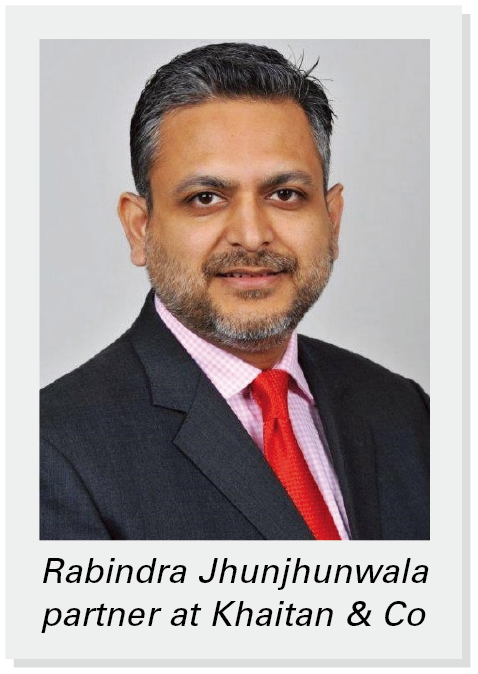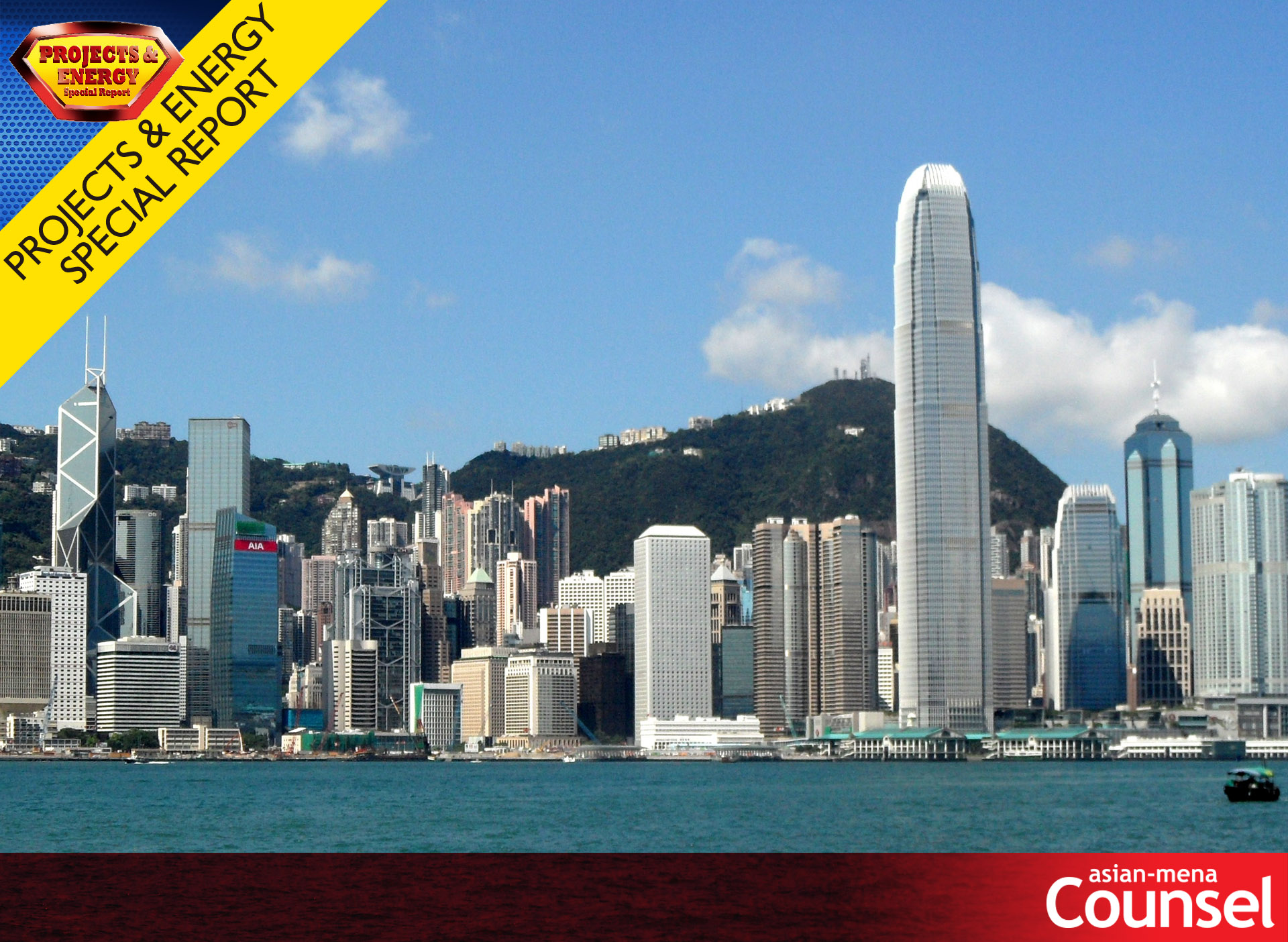 Strong growth and a rising middle class continue to attract foreign investors to the region, though outbound activity has fallen. By Nick Ferguson, In-House Community
Strong growth and a rising middle class continue to attract foreign investors to the region, though outbound activity has fallen. By Nick Ferguson, In-House Community
Asia remains the fastest-growing region in the world and continues to attract buyers that want to piggyback on that growth potential. However, the story of M&A activity in Asia during the past year reflects a more complicated reality than the acquisition of growth.
China’s crackdown on overseas acquisitions, for example, has had a significant effect on outbound M&A after regulators expressed fears that some Chinese companies were engaging in risky deals. According to data from Mergermarket, outbound deals from Asia Pacific dropped by 54% compared to 2016, largely on the back of a fall in Chinese activity.
That story has been well told, but one that is less reported is the growth in inbound M&A into Japan. For the past few years, there has been a strong and consistent trend of Japanese buyers going overseas — both within Asia and further afield — to escape their shrinking domestic market, but in 2017 it was the value of inbound deals that really stood out.
With a total of US$21.3 billion, the level of M&A targeting Japanese companies more than doubled during 2017, driven by US buyers in deals such as Key Safety Systems’ US$1.6 billion acquisition of Takata.
This level of activity is largely a result of the Japanese government’s recent efforts to reverse its long history of resistance to foreign ownership. The demand has always been there — Japan has high-quality assets and skilled workers — but it is only now that overseas companies are seeing the opportunity to take part.
Outbound deals still account for a bigger share of activity, but the trend is in the opposite direction, with deal value falling by more than a third during 2017 to US$59 billion.
Inbound M&A into the rest of the Asia-Pacific region rose 22% during 2017 to reach close to US$108 billion, once again driven mostly by US acquirers. The hottest sector is technology, where deal value was up by almost 200% in 2017.
Overall M&A activity in Asia Pacific ex-Japan was up almost 5% to US$673 billion. The most active law firms in terms of deal value, according to Mergermarket, were King & Wood Mallesons, Clifford Chance and Skadden Arps.
 See also: See also:
Mergers and acquisitions in Thailand |
India
 One of the region’s biggest deals announced in 2017 was the US$12.7 billion merger of Vodafone India and Idea Cellular. It was also a significant deal for India, demonstrating a commitment towards equalising rights and shareholding over a period of time, according to Rabindra Jhunjhunwala, a partner at Khaitan & Co.
One of the region’s biggest deals announced in 2017 was the US$12.7 billion merger of Vodafone India and Idea Cellular. It was also a significant deal for India, demonstrating a commitment towards equalising rights and shareholding over a period of time, according to Rabindra Jhunjhunwala, a partner at Khaitan & Co.
For the time being, Vodafone is expected to own 45.1% of the combined company after transferring 4.9% to the promoters of Idea when the deal is completed later this year. “The promoters of Idea will then hold 26%, while the balance will be held by the public,” says Jhunjhunwala. “However, the promoters have the right to acquire up to 9.5% additional stake at an agreed price from Vodafone with a view to equalising the shareholding overtime. Further, if the shareholding of the two parties is not equal after certain agreed period of time, Vodafone will sell down shares in the combined entity to equalise its shareholding to that of the Aditya Birla Group.”
This merger has already served as a template for other deals, says Jhunjhunwala. The acquisition of Essar Oil by Russia’s Rosneft, for example, faced several regulatory and political hurdles and, learning from the Vodafone experience, the investors sought comfort from Indian authorities that they would not face any withholding tax issues.
India has not always been the easiest place for foreign buyers, but some progress is being made to open the economy to overseas investors. In November, the Reserve Bank of India (RBI) issued new foreign-exchange rules that revise sectoral caps in certain sectors, such as private security agencies and commodities exchanges, and allow non-residents to acquire capital instruments renounced by residents in rights issues (and do away with the need for RBI approval for such transfers). The rules also make some clarifications and procedural changes.
In January, the government also relaxed norms on foreign direct investment in sectors such as single-brand retail, construction, power exchanges and airlines.
“Key amendments include permitting 100% FDI in SBRT under automatic route, clarification permitting FDI in real estate broking and primary investment up to 49% in power exchanges,” says Jhunjhunwala.
Anti-trust laws in India also witnessed changes, with the creation of an exemption from mandatory approval for enterprises with assets of less than Rs3.5 billion (US$55m) in India or turnover of less than Rs10 billion.
The recently introduced Insolvency and Bankruptcy Code (Amendment) Ordinance 2017 promulgated by the president is also paving the way for clean businesses, according to Jhunjhunwala, who says that India is witnessing significant activity in terms of the sale of distressed assets pursuant to the Insolvency and Bankruptcy Code 2016.
 Indonesia
Indonesia
Southeast Asia’s biggest economy is another exciting frontier for M&A in the region, with activity on the rise in 2017, driven by tech-focused deals such as the US$1.1 billion investm
ent into local Indonesian e-commerce platform Tokopedia, led by Alibaba, and the US$1.2 billion investment into Indonesian ride-hailing startup Go-Jek, led by Tencent.
Such activity has been helped by the government’s efforts to improve the environment for foreign investors during the past few years, as reflected in the World Bank’s Ease of Doing Business Report, which raises Indonesia’s ranking from 91 in 2017 to 72 in 2018. However, there is clearly still much room for improvement and Joko Widodo, the president, has set a target of 50th position by 2019 and 40th position by 2020.
See also:
- Mergers and acquisitions in Thailand
By Chandler MHM - Africa is primed for private equity investments
By Cliffe Dekker Hofmeyr
















